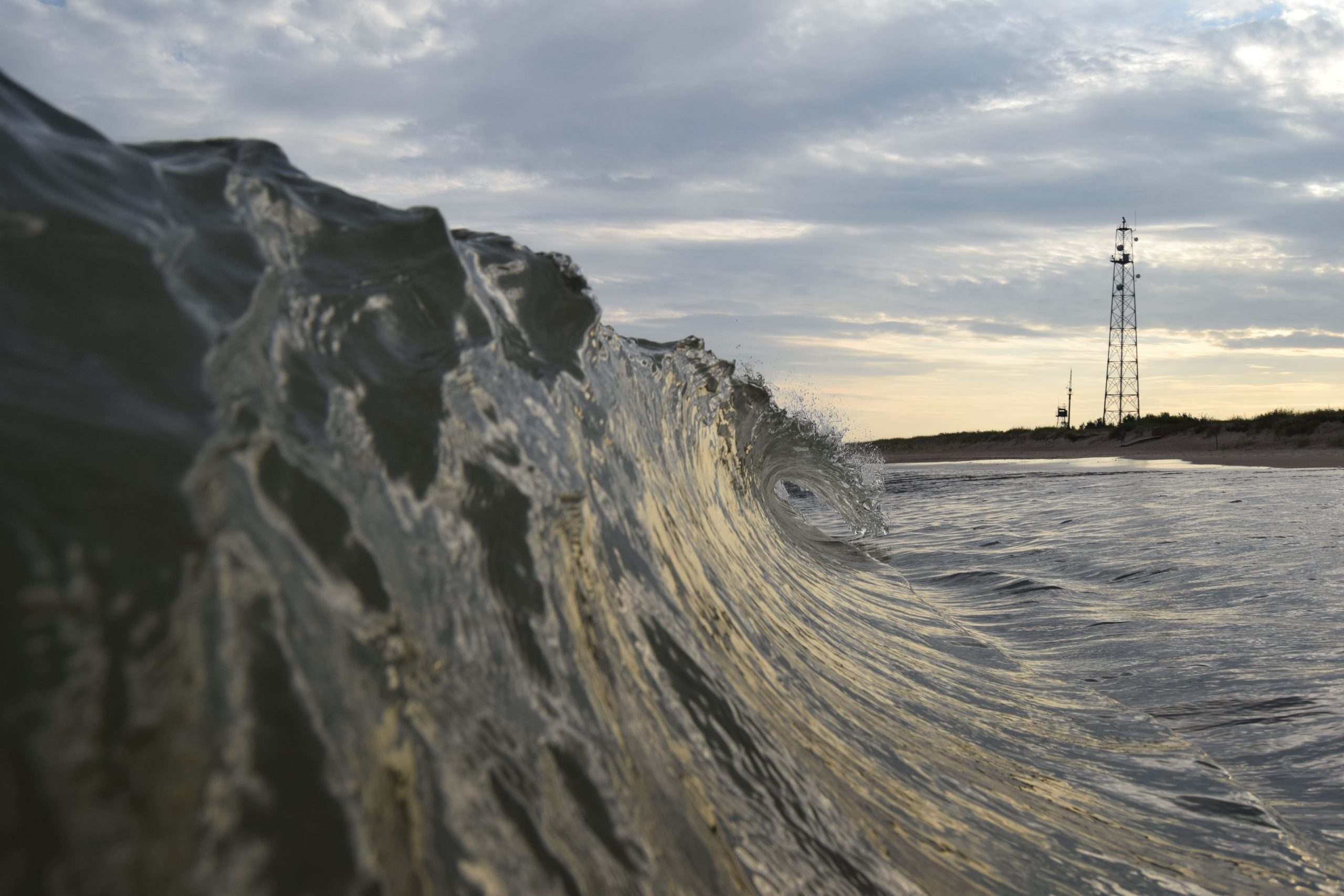Many consider tidal power to be an emerging leader among renewable energy sources. Harnessing ocean tides enables steady motion energy generation, which creates a unique chance for low-emission electrical production. Tidal power shares the same environmental concerns as common to all forms of energy production. Does tidal power maintain its appearance of environmental friendliness, or does it possess undetected environmental expenses? We need to explore the advantages and disadvantages along with the intricate details of this new technology.
1. What is Tidal Power and How Does it Work?
Tidal power, also known as tidal energy, captures the energy created by the natural movement of tides. There are multiple methods to capture tidal power such as tidal barrages, tidal stream generators, and dynamic tidal power systems, which are the most common techniques. These installations use the kinetic and potential energy of moving water to spin turbines and generate electricity. Tidal energy stands out because it provides predictable energy outputs. Tides operate on a fixed schedule driven by the moon and the sun’s gravitational pull. This makes it easier to forecast energy production, which is a major benefit for power grid stability.
2. The Environmental Benefits of Tidal Energy
Tidal power stands out as a far cleaner alternative to fossil fuels. Tidal power systems operate without generating any emissions once they are constructed. The operation of tidal power systems results in zero carbon dioxide emissions, along with no methane release and no air pollutants. It ultimately leads to significant greenhouse gas emission reductions when they substitute coal or natural gas power plants in the energy grid.
Tidal power possesses high energy density, which allows it to generate more electricity than other renewable sources such as wind or solar within a smaller area.. Countries that possess lengthy coastlines along with strong tidal movements, like the UK, Canada and South Korea, can use tidal power as an effective mechanism for achieving carbon neutrality.
3. Potential Environmental Drawbacks and Concerns
Tidal power generates clean energy yet presents several environmental disadvantages. Marine ecosystems stand at the forefront of critical environmental worries. The construction of tidal barrages as large infrastructure projects can modify aquatic flow patterns, which can negatively impact the living environments of fish species, along with seabirds and marine mammals. Changes in migratory routes occur when tidal power infrastructure modifies water flows, which also redistribute sediment, affecting adjacent estuaries and wetlands.
Underwater turbines create noise pollution that disrupts echolocation and sensitive hearing abilities in dolphins and whales. Marine animals face a physical injury risk from direct interaction with spinning turbine blades, but modern designs are attempting to reduce this danger.
4. Site Limitations and Feasibility
Suitable locations for tidal energy projects remain scarce, which presents another difficulty. Tidal power generation is not feasible in every coastal region due to insufficient tidal range and underwater geography conditions. A robust knowledge of local tidal patterns is essential for tidal energy project initiation, which also requires lengthy environmental impact evaluations before obtaining project approval.
The construction costs at the start of development remain substantially high. Operating costs remain low, but the financial burden arises from both initial expenses and maintenance needs can be high.. These limitations mean that tidal energy may not be scalable everywhere, and careful site selection is crucial to its success.
5. Innovations Making Tidal Power More Eco-Friendly
The good news? Tidal technology is evolving. Scientists and engineers continue to develop solutions to reduce tidal power’s impact on the environment. The design of floating tidal turbines allows them to secure themselves to the seafloor while leaving water areas unblocked and preserving sediment movement. The systems show greater ease for both the setup and removal processes.
Developers are looking at methods to incorporate wildlife protection into their designs through solutions like fish-friendly turbine blades and artificial reefs, while also enabling turbines to decelerate or stop if marine life comes into proximity. These technological advancements represent the solution for a more sustainable tidal energy future.
6. Is Tidal Power Truly Sustainable?
The answer lies in balance. The environmental impact of tidal energy depends not only on its clean operational nature but also on responsible development practices. Poor planning of infrastructure projects can result in lasting environmental harm to local ecosystems. Tidal power achieves a low environmental impact and renewable status when strict regulations guide and appropriate site placement.
Tidal power isn’t flawless, yet it doesn’t have to reach perfection to be useful. It becomes an essential component for sustainable energy portfolios when combined with solar and wind energy, along with other renewable sources.
Conclusion: A Work in Progress with Real Promise
Tidal power creates an attractive picture of renewable energy that flows predictably from the ocean’s natural movements. Despite existing environmental issues with tidal power, specific concerns can be minimised through proper management techniques. As technology advances and our understanding of marine ecosystems grows, tidal energy could become a cornerstone of a greener, more sustainable energy future.
So, is it green or not? The answer isn’t simple, yet positive developments indicate we are moving in a favourable direction.

